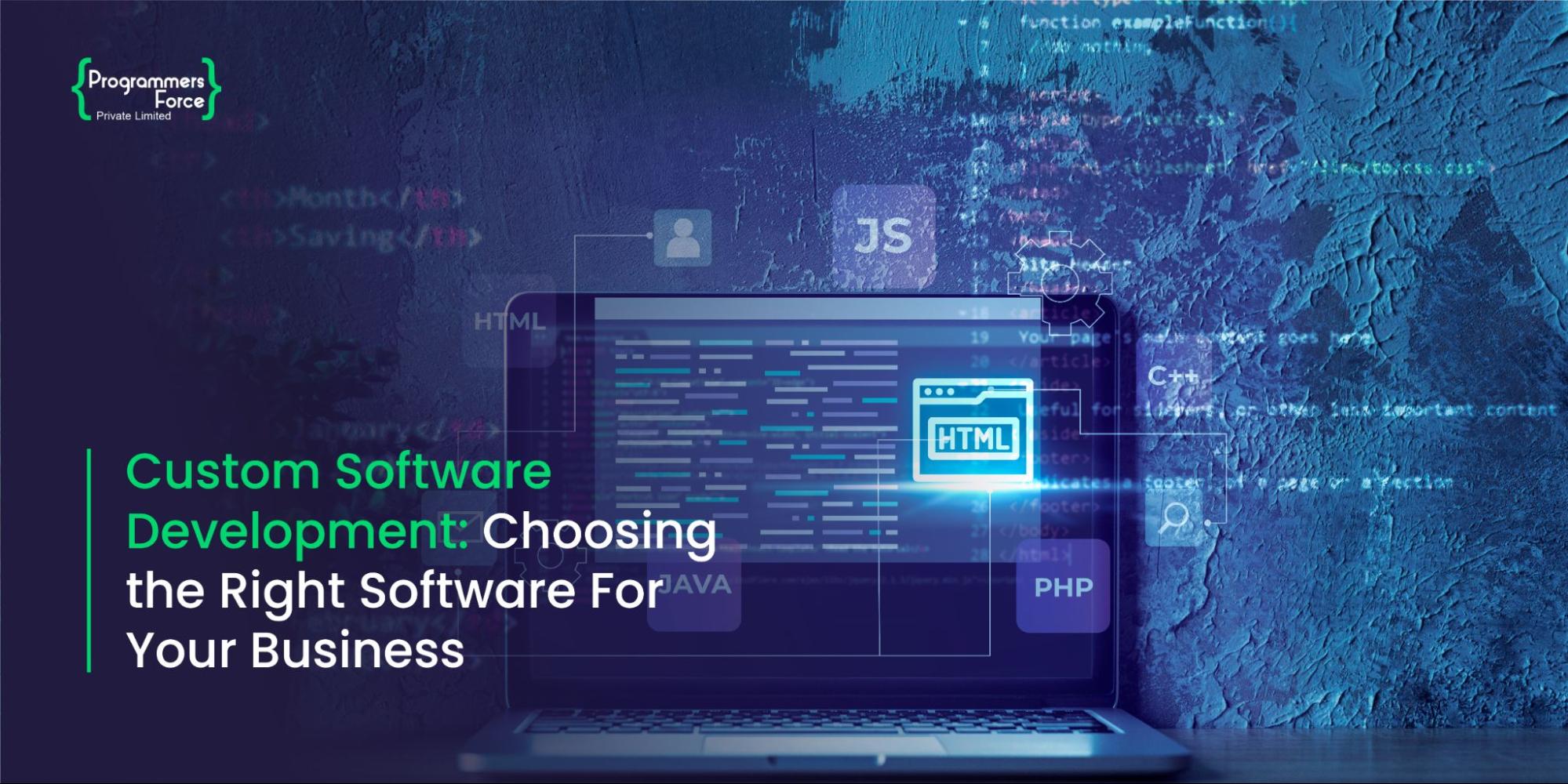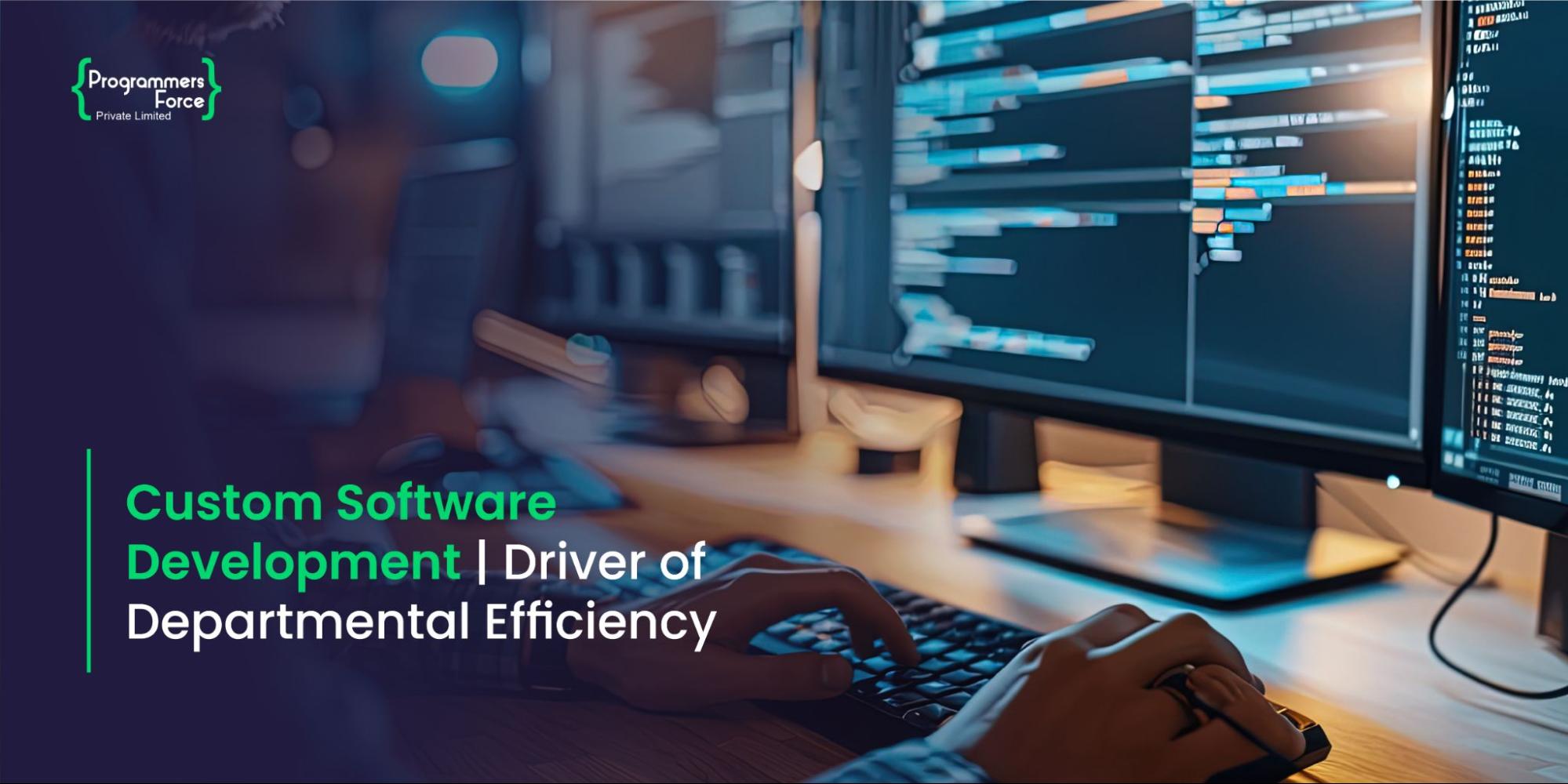
7 Steps Towards Successful AI Development
AI development has revolutionized working procedures at many levels, completely changing conventional processes. For instance, the first step in the traditional software development cycle is usually a meeting with all of the relevant parties to discuss the software’s intended purpose and long-term vision. Next comes requirement gathering, then business strategy development, software user interface, architecture design, development, testing (both functional as well as security), and finally, software delivery.
Success rates for developing conventional software are decent, especially when the agile development process is employed. However, It is not a future-proof method for creating AI-enabled software applications.
On the other hand, things have been getting better. In 2020, businesses began to recognize the value of AI and AI development services. As a result of COVID-19, most businesses have significantly increased the use of AI and spending on this revolutionary technology.
New reports indicate that AI model development has reached a new level of efficiency.
What is the difference Between AI and Traditional Development?
The traditional development life cycle is losing its worth as AI is picking up pace. Artificial intelligence aims to imitate human intelligence that mitigates the manual processes done in the traditional development life cycle. The operations in AI also result in error-free development but can be costly compared to standard ways of doing things.
7 Crucial Steps for AI Development
Here are the crucial steps every AI development company should follow when starting AI development for successful software development and technology growth.
1. Define Use Case
The first step in developing a model is to specify the issue the organization intends to address. Ask multiple questions to ensure the development team doesn’t miss anything later.
As the process concludes, what outcomes does the business anticipate?
- How exactly is this issue being addressed?
- To what extent do the stakeholders think AI will enhance the current procedure?
- Indicators of success: what will help in measuring development?
- What sort of standards will be needed?
- How can we divide the problem into smaller, more manageable chunks for a series of sprints?
2. Verify Data Availability
One of the most crucial parts of developing an AI model is figuring out how to identify the data. Given that machine learning models can only be as good as the data they are given, it is essential to find the correct data to guarantee model quality and applicability.
This is the point where developers should ask:
- Exactly what information (pertaining to customers, stock levels, etc.) is needed to address the issue in the company?
- How much information is needed?
- Can the model be constructed with the information at hand?
- Need more information to supplement what already have?
- Where and how does this information get stored?
3. Perform Basic Data Exploration
The type of data required will dictate how the teams prepare the data. There is no hard and fast rule about the format, quality, or quantity of the data that must have been gathered beforehand. Engineering teams specializing in ML (Machine Learning) invest a lot of time in preparing the data for use by cleaning and reformatting it. At this point, the development teams also want to divide data into distinct sets for training, testing, and validation.
At this point, when developing AI solutions, professionals should think about a few things:
- Altering information to fit a specified template.
- Remove any extraneous or incorrect information from the data set.
- If there is a lack of data, it should be improved and supplemented.
4. Choose AI Development Model
Developers need to put their newly-assembled model through its paces against the training data after they’ve settled on the right algorithm to use to create it. Always keep in mind that when the newly developed algorithm is tested developers won’t get the desired outcome. Adjusting the hyperparameters, the size of the random arguments or the depth of the neural network will be necessary. At this point, professionals can also make use of previously trained models in order to construct their own.
The model’s output should be easily monitored, so versioning each iteration is highly recommended.
5. Ensure Implementation Platform
AI Development largely depends on the platform to which the model is being trained and backed. For instance, many online solutions such as Microsoft Azure, Google Cloud AI, and Tensorflow provide great benefits when developing an AI solution.
Ensuring the right platform is in line with business needs can help in getting ahead of competitors. Taking the development operations on the cloud can have a great outcome in terms of speed, performance, and security.

6. Test AI Software
The primary goal of this stage is to reduce the likelihood of unexpected behavior changes when a model is put into use. The model is subjected to numerous experiments in which the training, validation, and testing sets of data are all used.
If the model doesn’t perform well on the test data, it might need fixing before any future implementations. Businesses can improve the model’s performance by switching to a different algorithm, enhancing the quality of the input data, or providing it with more information i.e., increasing the dataset size with more raw items to fetch information from.
The model may be unable to learn new features or implement unique changes to the algorithm if it struggles to perform well on testing data. Overfitting, in which the model is too closely fitted with insufficient data, is a potential problem. Including more information in the model would be the best course of action.
7. Deploy and Maintain
After the model has been put through its paces with various datasets, firms would want to verify its efficacy by comparing it to the business parameters established in step one. Examine the model’s Key Performance Indicators (KPIs) to see if it has met its business goal. In case the predetermined criteria are not satisfied, it may be necessary to revise the model or increase both the quality and quantity of the data.
Once all criteria have been met, deploy the model into the desired infrastructure, such as the cloud, the edge, or an on-premises setting. However, the following should be taken into account prior to deployment:
- Be sure to schedule regular checks on the model’s progress
- The model’s future iterations can be evaluated against this established standard
- Maintain model iterations to adapt to new information
How Programmers Force Can Help?
The potential benefits of expanding the use of AI are encouraging. Rapidly gaining importance in the field of software engineering. Companies can maintain their competitive edge and pioneering spirit by creating and using the appropriate artificial intelligence software and applications.
The Programmers Force has the tools and knowledge to assist businesses in developing and deploying AI-enabled software and applications that can give them a competitive edge.
Do get in touch with us right away if you’re interested in finding out more information about Artificial Intelligence.










